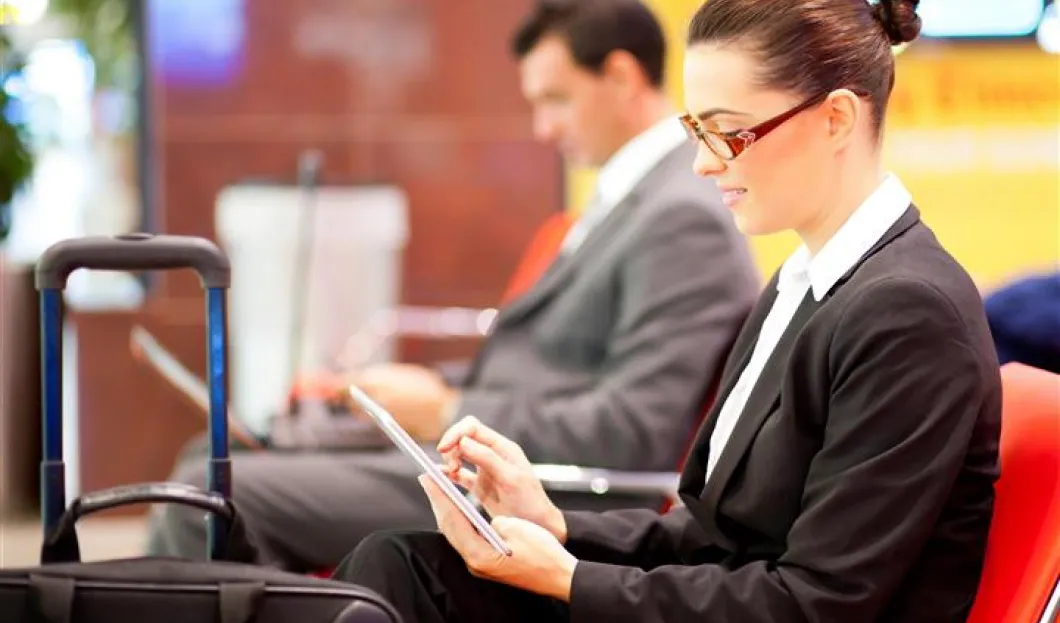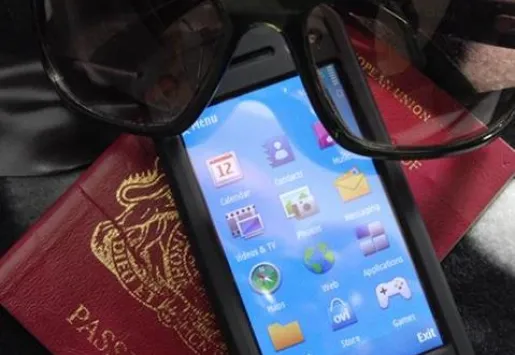
The latest results that have been released by SITA, regarding the air passenger IT Trends survey, indicates that there is an increase in the use of mobile apps for check-in as well as a continued reliance on self-service that is fueled by technology.
The survey was very extensive, covering 17 countries and 76% of air traffic passengers. According to the results, increased use of mobile devices has greatly replaced the traditional means of engaging with airline reps for booking and check-in. Face to face interaction has greatly been minimized.
The company projects that with continued use of mobile phones that have an increased screen size such as iPhone 6 and 6 Plus, it is projected that a more advanced and effective user experience for mobile booking will be realized. By the year 2016, SITA projects that the number of people using mobile devices to do booking (+39%), check-in (+79%) and boarding (+ 110%) will have risen as compared to desktop/laptop, kiosk and face to face.
This year, the survey was conducted using an approach that greatly focused on the emotional states of the travelers at different stages of the journey. According to the survey's results, most of the travelers are concerned about security and baggage claiming.
The survey also indicated that passengers on booking and on-board sections gave positive response regarding the services offered by SITA Airlines. The responses serve as a good bridge for the airlines to improve its services.
The survey also indicated that majority of travelers are comfortable with self-service bag drop kiosk when they are staffed. Airlines should respond to issues of staffing areas of uncertainty so that the passenger experience can be outsized. It is also of much importance to embrace the modern technology to replace or complement the information that has traditionally been provided by the gate agents and the airline staff. For example providing the passengers with carousel and estimated baggage wait times can help to alleviate the stress and the perceived waiting times.
The SITA marketing director, Nigel Pickford, explains why the emotions have become an integral component of the survey. According to him, provision of additional self-services continues as passengers get more connected and airports more crowded. Nigel says that the aim of SITA was to get a better understanding of the passenger’s emotions at different phases of the journey as well as the technologies that have been used. They survey indicated that the passengers are much ready and willing to use technology throughout their journey, but also they have a clear preference on how to use their own technology when they have the choice to do so.
















